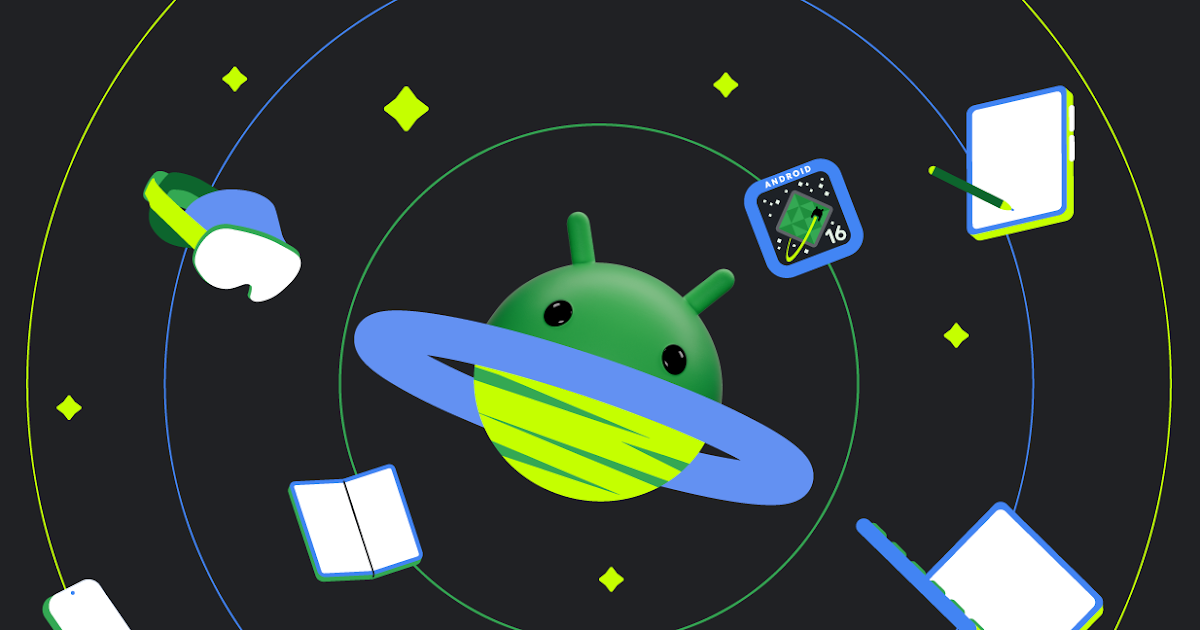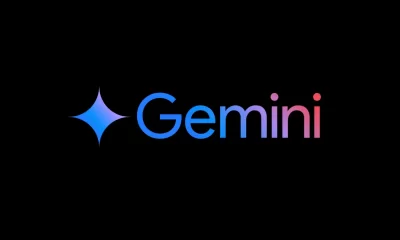WhatsApp’s new video playback features come with a key limitation for Android users

WhatsApp, one of the most popular messaging apps worldwide, continues to improve its services, especially for media sharing. Known for connecting users across different platforms, WhatsApp allows seamless communication between iOS and Android users. One of its standout features is the ability to send images and videos without noticeable quality loss. The app also benefits from end-to-end encryption, ensuring security and privacy. Now, WhatsApp has enhanced its media playback with a new update, though it comes with a catch for some users.
Video Playback Updates on iOS
WhatsApp has introduced a new set of video playback controls, but they are currently available only on iOS. This is the “big catch” for Android users eagerly awaiting similar upgrades. The update, listed by WABetaInfo for iOS version 24.20.78, gives iPhone users the ability to change video playback speeds. There are three speed options: normal (standard speed), 1.5x speed (fast), and 2x speed (faster). This feature is particularly helpful for users who want to quickly skim through videos, especially tutorials or content they are already familiar with. The speed control option is conveniently located next to the playback bar, making it easy to switch speeds without interrupting the video.
Picture-in-Picture Mode Adds Flexibility
In addition to the playback speed controls, WhatsApp has also added a picture-in-picture (PiP) mode for videos on iOS. This mode allows users to continue watching a video while multitasking on their phone. You can resize the video window, move it around the screen, and still keep up with other activities such as messaging or browsing without stopping the video. What makes this even better is that the PiP mode also includes the new playback speed options. This means you can speed up or slow down a video while using other apps, ensuring a smoother and more efficient experience without losing progress on the video you’re watching.
Accessing the New Features on iOS
iPhone users can get these new features by updating WhatsApp to the latest version available on the App Store. However, not all users may see the update immediately, as WhatsApp often rolls out new features gradually. If the update doesn’t appear right away, it should become available in the coming weeks. In the meantime, make sure you’re using the most recent version of the app to ensure compatibility once the features roll out in your region.
What About Android Users?
While iOS users are enjoying these new tools, Android users are still waiting. WhatsApp has not yet provided a release date for Android, but updates to both iOS and Android tend to happen around the same time. So, Android users should expect similar features soon. Given that WhatsApp often synchronizes feature rollouts across platforms, likely, Android users won’t have to wait long before they can also take advantage of faster video playback and PiP functionality.
Conclusion
WhatsApp’s latest video playback enhancements on iOS bring useful features like adjustable playback speeds and picture-in-picture mode, making it easier for users to multitask while watching videos. However, Android users will have to wait for these improvements, though it’s expected that they will be available soon. These upgrades show that WhatsApp continues to evolve, offering a more efficient and user-friendly experience, especially for media sharing.
For now, iOS users can enjoy these new features while Android users keep an eye out for the update. Whether you’re looking to quickly scan through videos or multitask while watching, WhatsApp’s new features promise to make the media experience even better—just with a little patience for Android users.
Android
Android 16 Beta 4 is now out with more bug fixes and improvements

Google has just released Android 16 Beta 4 for Pixel phones, bringing a few important fixes and system improvements. This update is mainly focused on fixing issues and making the system more stable before the final release later this year.
One major fix in this beta is related to foldable and large-screen devices. Google fixed a problem where animations didn’t look smooth when moving between apps. This should now feel more natural. Another fix was for a bug that caused the system UI to crash when changing wallpaper, which could make the screen go black. This issue has now been resolved.
Beta 4 also brings better support for apps that use virtual keyboards and tools for text editing. This helps developers make sure their apps work well on Android 16. Google has also made the system more reliable and smoother overall.
The update is rolling out to Pixel 6 and newer models, including the Pixel Fold and Pixel Tablet. If you’re part of the Android Beta Program, you’ll get the update automatically. You can also manually install it if you want to test it early.
Google is expected to release the stable version of Android 16 in the coming months, likely around Google I/O 2025 in May. Until then, more beta versions may arrive with further improvements.
Android
Pixel 9a to get better camera features, Gemini Live camera now free for everyone

Google is making big improvements to the Pixel phone experience. The upcoming Pixel 9a is expected to come with upgraded camera hardware, while the Gemini Live camera feature is now free for all users.
According to reports, the Pixel 9a will use the same 50MP main camera found in the Pixel 8 and 8a. This means users can expect much better photo quality compared to the older Pixel 7a. The 9a is also likely to have an ultrawide camera, and both lenses could get improved sensors. With these updates, the Pixel 9a might be the most powerful mid-range Pixel yet in terms of camera performance.
On the software side, Google has made its Gemini Live camera feature free to use. Previously, this feature was only available to those who paid for the Gemini Advanced subscription. With Gemini Live, users can point their camera at things like text, signs, or objects, and the AI gives real-time responses based on what it sees. It’s now rolling out to more people through the Google app on Android.
Together, these upgrades show Google’s focus on giving users better hardware and smarter AI tools. Whether you’re planning to get the Pixel 9a or already using Gemini on your phone, these changes will make your everyday phone use a lot more useful and fun.
Android
Android 16’s advanced protection mode to enhance security with one-click activation

Google is improving security for Android 16 with a new feature called Advanced Protection Mode. This mode, accessible through the Settings app, will provide users with stronger protection by blocking certain vulnerabilities. The upgrade will stop app sideloading, prevent 2G network connections, and enable Memory Tagging Extension for apps. Additionally, apps on your device will be able to check if you’re enrolled in Advanced Protection Mode, allowing them to apply extra security measures.
The latest update for Google Play Services (v25.15.31 beta) reveals more about the upcoming features of Advanced Protection Mode. These features are categorized for ease of use when enabling the mode:
Network & Wi-Fi:
-
Block insecure connections, including 2G networks and WEP Wi-Fi.
Web:
-
Android Safe Browsing will block harmful websites.
-
Chrome will warn you before visiting non-HTTPS sites.
-
JavaScript protection will limit advanced capabilities to lower risks.
Apps:
-
Play Protect and Memory Tagging Extension for app security.
-
Block sideloading of apps.
Device Theft Protection:
-
Theft protection and offline device lock.
-
Device inactivity reboot every 3 days.
Phone & Messages Protection:
-
Automatic Call Screen and spam detection with Phone by Google.
-
Google Messages will filter spam and warn about unsafe links.
Once enabled, Advanced Protection Mode will automatically turn on all these features. There may not be individual toggles for each feature, but you can find them in other settings within the app. This one-click protection will help secure your device and prevent potential security threats.
-

 Apps1 year ago
Apps1 year agoGboard Proofread feature will support selected text
-

 News1 year ago
News1 year agoSamsung USA crafting One UI 6.1.1
-

 News1 year ago
News1 year agoBreaking: Samsung Galaxy S22 may get Galaxy AI features
-

 News1 year ago
News1 year agoSamsung Galaxy S23 Ultra with One UI 6.1 and all S24 AI features revealed
-

 News1 year ago
News1 year agoOne UI 6.1 Auracast (Bluetooth LE Audio) feature coming to many Samsung phones
-

 News1 year ago
News1 year agoSatellite SOS feature coming to Google Pixel phones, evidence leaked
-

 Apps11 months ago
Apps11 months agoGoogle’s fancy new Weather app is finally available for more Android phones
-

 News1 year ago
News1 year agoGoogle Pixel evolves as Europe’s third best selling flagship








